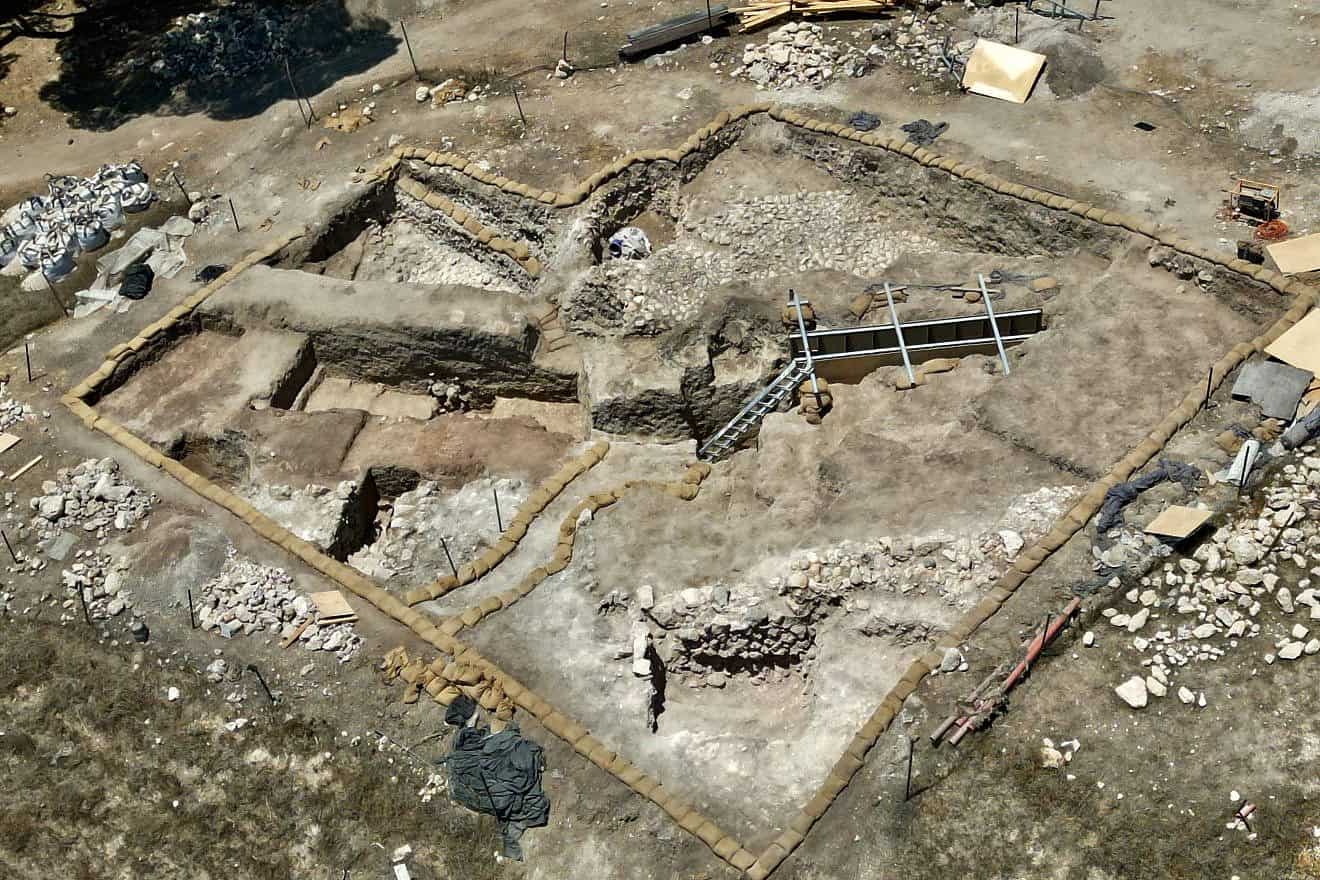A mudbrick passageway dating back nearly four millennia has been uncovered in northern Israel’s Jezreel valley, archaeologists revealed on Thursday.
The completely intact 3,800-year-old monumental passageway, which was discovered at Tel Shimron, is the first of its kind to be found in the southern Levant and provides a key missing link in the history of the arch in the region, said excavation co-director Daniel M. Master.
Tel Shimron, an immense ruin that dominates Israel’s northern Jezreel Valley, is situated along ancient trade routes from the Mediterranean to the Arabian Desert. The ancient city was first mentioned in Egyptian texts from the early second millennium BCE and continued to play a role in a variety of later texts including the Bible and the Mishnah.
The site includes a corbelled vault, an architectural technique in which layered bricks are progressively stepped inward to create a gradually narrowing roof which was commonly used at sites in Mesopotamia. However, this is the first time such a mudbrick construction has been found in a passageway in the southern Levant, making it a rare and significant find showing connections across the fertile crescent.
“A fully preserved mudbrick-built passageway with this type of corbelled vault is without parallel,” said excavation co-director Mario A.S. Martin. “Such structures, made of unfired mudbrick, almost never survive.”
The discovery was made on the southern side of the ancient city’s acropolis, where archaeologists excavated a tower composed of over nine thousand well-preserved mudbricks, standing over five meters high. The center of the structure contained a narrow corridor leading to the vaulted mudbrick passageway.
The tower complex was part of the royal acropolis of the large Middle Bronze Age city-state centered at Tel Shimron. The tower itself, with its extensive use of complex brickwork, exemplifies the massive fortifications and elite buildings typical of the large cities of the Bronze Age, as seen in structures from this period uncovered in Mesopotamian cities such as Mari and Ur. The excavators have uncovered roughly 500 square meters of the acropolis, with stone foundations and mudbrick constructions artificially elevating the entire precinct by more than four meters.
A time capsule of thousands of years of history
The excavations at Tel Shimron have previously uncovered a fortified Canaanite city (1800-1200 BCE), fragments of a First Temple period Israelite city (destroyed by Assyria in 734-2 BCE), a Hellenistic farming outpost supplying the port of Acre, a first century C.E. Jewish community, and Mamluk farming village.
“Tel Shimron National Park is a time capsule capturing 5,000 years of captivating history in the heart of the Jezreel Valley, renowned as one of the most significant tels in Israel,” said Dror Ben Yosef, an archaeologist with the Israel Nature and Parks Authority.
The newly uncovered monument has been backfilled for preservation and protection and is not currently accessible to the public.


























